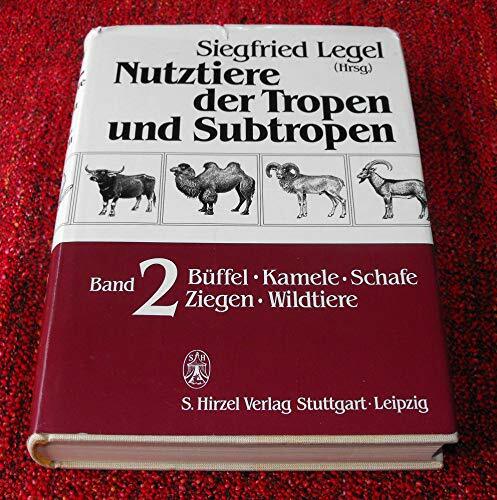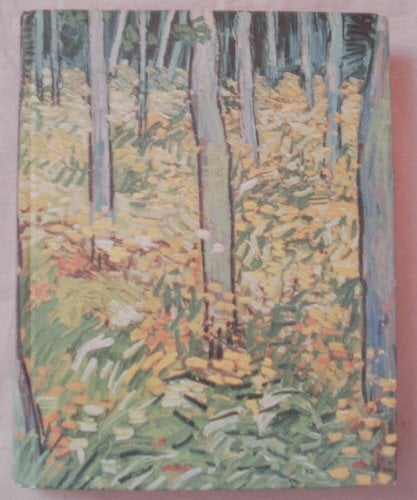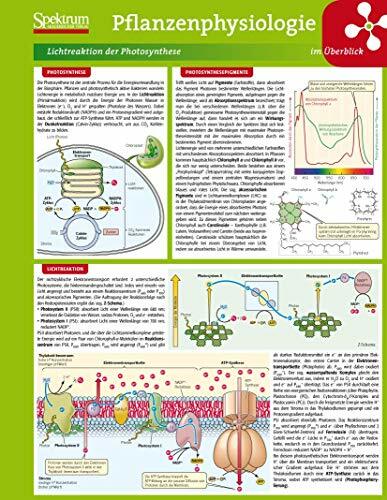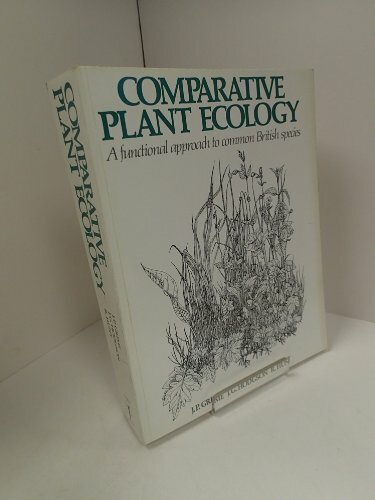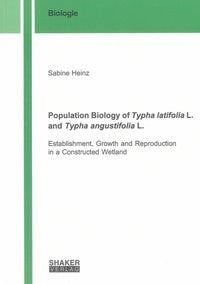
Population Biology of Typha latifolia L. and Typha angustifolia L.
Kurzinformation
inkl. MwSt. Versandinformationen
Artikel zZt. nicht lieferbar
Artikel zZt. nicht lieferbar

Beschreibung
Typha latifolia L. and T. Angustifolia L. are closely related emergent wetland plants native to Europe with a distribution in the temperate northern hemisphere. Both Typha species are common and widespread in Europe and often build mono-dominant stands. Because of their extensive distribution and commonness Typha communities form an important and widespread wetland type under more eutrophic conditions. The fast growth and biomass production makes Typha an alternative crop on fen soils under flooded conditions to harvest raw-material for the production of insulation products for the building trade. This study investigates the population biology of Typha latifolia and T. Angustifolia by performing different experiments and by observing the development of a planted stand in a constructed wetland in southern Germany. The population biology approach enables not only to study the effect of environmental factors but also to quantify them and to compare the dimension different factors have on growth and reproduction. Typha was studied following the plant¿s life cycle from germination, over seedling establishment and growth to reproduction and death. The focus was set on the colonisation of new habitats, the population establishment and the first years of population development. Both species expressed high germination percentages and vegetative reproduction. Water depth and temperature had a significant effect on the germination percentage and the establishment of seedlings. Both species displayed a fast clonal growth and colonised the surface rapidly within the first year after planting. The regression analyses suggested a strong dependence of proportion of generative shoots on shoot density in T. Angustifolia, while in T. Latifolia the percentage of generative shoots was predicted best by mean stand height in May. Typha spp. produced 800 to 1200 g dry-mass m-2 at harvest-time in winter. Combining the collected data on the different phases of the life cycle to a simple model enables to quantify the colonisation potential of the species. The colonisation model shows that Typha latifolia and T. Angustifolia differ in their reproductive success. Typha latifolia produces a ten-fold higher number of offspring under optimal conditions in the first season after establishment. Generally Typha latifolia expresses the characteristics of a pioneer with a very efficient generative reproduction, while T. Angustifolia is adapted to a more competitive strategy.
Produktdetails

So garantieren wir Dir zu jeder Zeit Premiumqualität.
Über den Autor
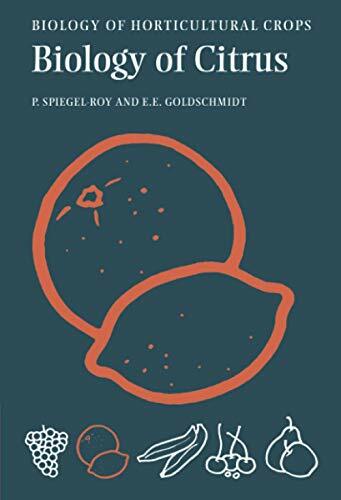
- paperback
- 244 Seiten
- Erschienen 2008
- Cambridge University Press

- hardcover
- 1059 Seiten
- Erschienen 2000
- De Gruyter

- Hardcover -
- Erschienen 2010
- Wiley-Blackwell
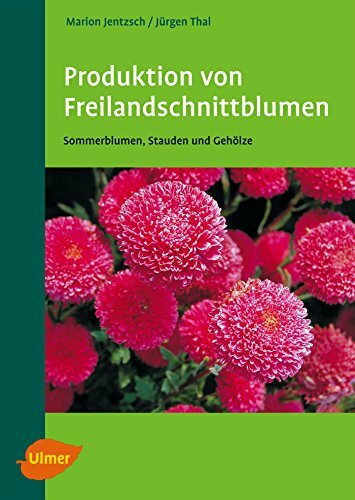
- Kartoniert
- 184 Seiten
- Erschienen 2007
- Verlag Eugen Ulmer

- Gebunden
- 671 Seiten
- Erschienen 2020
- Quelle & Meyer

- paperback
- 256 Seiten
- Erschienen 2002
- GRÄFE UND UNZER Verlag GmbH

- hardcover
- 432 Seiten
- Erschienen 2000
- Wiley

- unknown_binding -
- Erschienen 2002
- Organic India

- paperback
- 448 Seiten
- Erschienen 2008
- Springer

- Kartoniert
- 610 Seiten
- Erschienen 2019
- Springer Vieweg

- hardcover
- 422 Seiten
- Erschienen 2005
- CRC Press Inc








